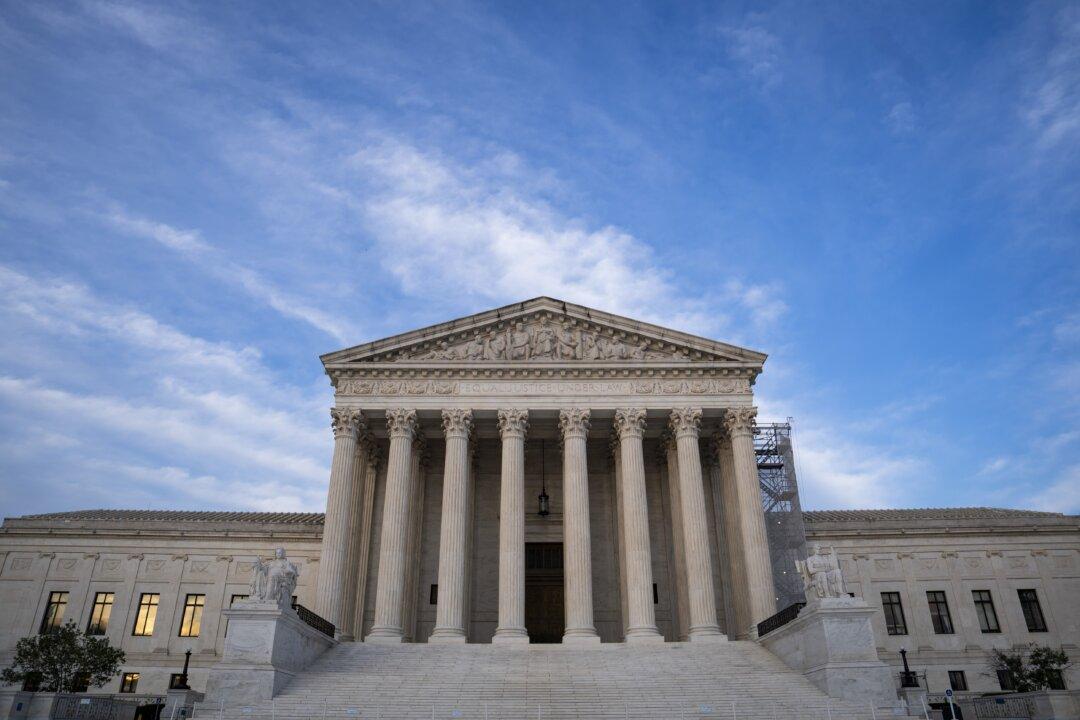There’s a delightful phrase that describes the way America and most of the rest of the first world approaches environmental issues and related public health risks: first-world problems.
Assuming one does not have an ax to grind, any reasonable person evaluating all available data would be forced to conclude three things:





